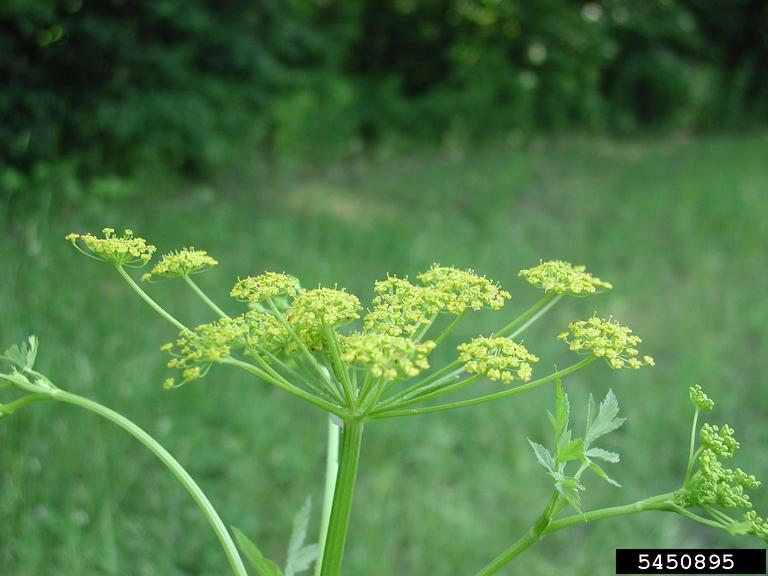The Port Rowan Wetlands are located on Hunter Drive North in the town of Port Rowan within the Long Point World Biosphere Reserve.
History of the site
The community enjoys this site as a recreational trail and wildlife viewing area while providing habitat for numerous species unique to the Long Point Bay area. This site was formerly known as the Port Rowan Sewage Lagoons and was originally created to naturally treat, store and dispose of wastewater from the town of Port Rowan. The construction of a new treatment facility in 2012 transformed the lagoons and 24 hectares of land into a functioning wetland with a riparian buffer corridor leading to Lake Erie. This project was a collaborative effort to protect and restore species at risk (SAR) habitats. For more information regarding the Port Rowan Wetlands, visit here.
Site features
This project site includes forest, grassland, riparian buffer, wetland, and SAR habitat restoration. The interpretive trail network navigates around the restored wetland and provides recreation and educational opportunities for the public on SAR and their associated habitat. Monitoring and maintenance are ongoing at the Port Rowan Wetlands to reduce threats to SAR habitat, enhance biodiversity, and ensure public safety and enjoyment.
Partners
Norfolk County has a long history of working with many partners and landowners in restoring wetlands and planting buffers along municipal drains. This project was successful due to the collaboration between the Long Point Region Conservation Authority, Ministry of Natural Resources & Forestry, Long Point Biosphere Reserve, Nature Conservancy of Canada, Norfolk Land Stewardship Council, Ontario Power Generation (Forest Corridor Project), and Bird Studies Canada.
New partners, including Environment and Climate Change Canada, continue collaborating on enhancement projects to conserve and strengthen species-at-risk habitats.
Maintenance schedule
Maintenance is ongoing and regularly monitored. Typical maintenance activities may include brushing, removing invasive species through herbicide application, or planting native plant species.





